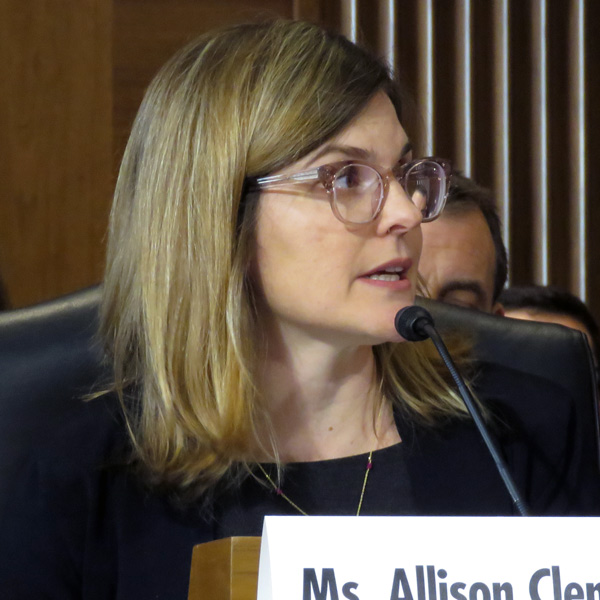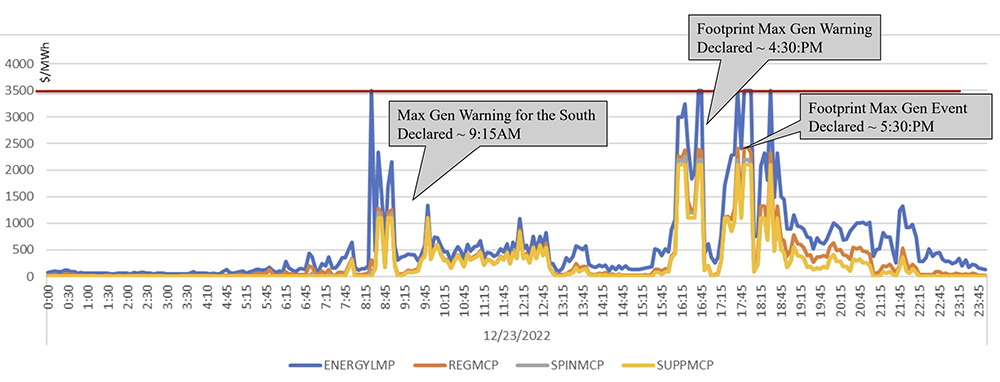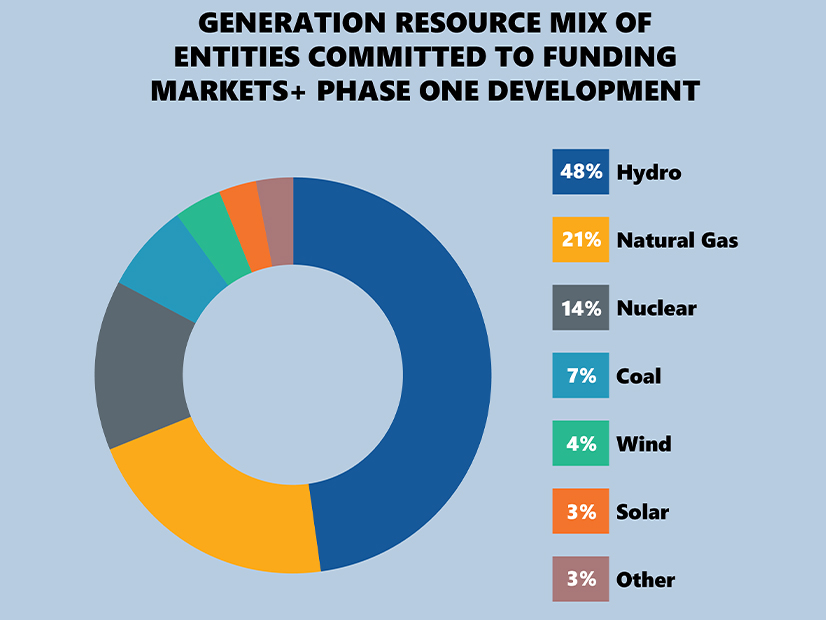FERC last week rejected SPP’s capacity accreditation methodology for wind and solar resources on procedural grounds and granted clean energy interests’ rehearing request of its prior acceptance.
The commission on Thursday agreed with arguments that it had erred in its August 2022 order accepting SPP’s proposed tariff revisions to accredit wind and solar resources based on historical performance using an effective load-carrying capacity (ELCC) methodology. FERC accepted the proposal subject to the condition that the RTO revise its tariff to include additional details about the methodology (ER22-379).
Clean energy advocates — comprising the American Clean Power Association, Advanced Energy United, the Solar Energy Industries Association, Sustainable FERC Project, Natural Resources Defense Council, Advanced Power Alliance and Sierra Club — appealed the order.
They claimed FERC erred by accepting a Federal Power Act Section 205 filing that omitted tariff details that would significantly affect rates, terms and conditions of service. They contended the order failed to satisfy the rule of reason while also determining that these “manifest flaws” could be remedied by a later compliance filing.
The advocates said SPP’s new capacity accreditation methodology is not “some minor technical modification; rather, it is a new ‘complex’ rate scheme that represents a ‘substantial market design change.’” They charged the commission with relying on generalities rather than specific tariff language, noting that “specific critical elements of SPP’s methodology, including the determination of the base and change cases and the definition of seasonal net peak load, were missing.”
Upon consideration of the arguments, FERC said Section 205 and its regulations require that rates be “clearly and specifically” stated to ensure adequate notice of the proposed rate. It said it accepted SPP’s accreditation methodology without a definition of seasonal net peak load, thus resulting in a lack of adequate notice.
The commission encouraged SPP to expeditiously submit any future filing in the proceeding and found its compliance filing moot.
An SPP spokesperson said the grid operator is reviewing the order and will work with stakeholders to address the next steps.
“As FERC noted, the order has an impact on reliability, so SPP will proceed with reliability as the top consideration,” Meghan Sever said in an email.
The advocates celebrated the decision, arguing that fossil fuel resources, not renewables, have their own issues with intermittency.
“FERC did not address the underlying flaws in SPP’s approach, which clean energy advocates say ignores the risks of SPP’s large fleet of coal and gas plants going offline when needed most,” they said in a joint press release. “Clean energy advocates urge SPP to overhaul its approach to ensure that fair accreditation rules are applied to all resource types.”
“We’ve seen repeatedly over the last few years that fossil fuels fail when electricity is most needed. SPP has been given another bite at the apple to take this into account and evaluate renewables in a considered and fair manner,” Caroline Reiser, an NRDC senior staff attorney, said in a statement. “Fossil fuels are not infallible, and customers will lose out on reliability and affordability so long as grid operators continue to over-reward underperformance.”
 FERC Commissioner Allison Clements | © RTO Insider LLC
FERC Commissioner Allison Clements | © RTO Insider LLC
Commissioner Allison Clements concurred in a separate statement and posted a Twitter thread explaining her decision, calling the order “an important course correction.”
“As I argue in my concurrence, SPP proposal unduly discriminated against wind and solar resources, over-crediting other types of generation by comparison,” she said. “SPP’s proposal was unjust and unreasonable because it penalizes wind and solar resources for outages while simultaneously declining to adjust the credit of other resources when they experience outages. As SPP goes back to the drawing board, I strongly urge it to develop a fair capacity accreditation methodology that is consistent across all resource types.”
Commissioner James Danly dissented on procedural grounds, arguing that the decision’s reasoning “fails to address the merits at all.”
“Were there procedural defects, we should have cured them in the course of this proceeding’s interminable back-and-forth,” he wrote. “Instead, having repeatedly returned to the filer for more information, we now declare that which we asked for insufficient and grant rehearing, implicitly terminating decades of (admittedly questionable) FERC practice without even acknowledging it.”
Order on GridLiance ATRR
FERC last week also affirmed an administrative law judge’s initial decision approving SPP’s proposed tariff revisions to add an annual transmission revenue requirement (ATRR), a formula rate template and implementation protocols for GridLiance High Plains-owned facilities in Nixa, Mo.
In a Feb. 28 order, the commission said incorporating the Nixa assets into one of the RTO’s transmission pricing zones is consistent with cost-causation principles and otherwise just and reasonable. The GridLiance assets, acquired from the city in 2018, include 10 miles of transmission lines and related facilities interconnected to Southwestern Power Administration in the same zone and to City Utilities of Springfield in a neighboring zone (ER18-99).
At issue was SPP’s decision in 2017 to place the Nixa facilities into Zone 10 because they serve load there. Several cities in the zone protested, as did other parties, leading the commission to set the tariff revisions for hearing and settlement judge procedures. FERC rejected SPP’s initial settlement offer in 2021 and remanded the proceeding to resume hearing procedures. (See FERC Remands GridLiance ATRR Settlement.)
The ALJ in December 2021 found that the Nixa facilities will result in a $1.8 million cost shift to its Zone 10 customers; that they will accrue “substantial, specific but unquantifiable” benefits; and that those benefits justify the cost shift. Intervening parties filed countering briefs on exceptions in January 2022.
The commission agreed that the ALJ “properly balanced competing testimony” in reaching his cost-shift finding and said the record supports the finding that the Nixa assets provide integration, reliability and power-transfer benefits to Zone 10’s customers and that those benefits justify their costs.
FERC also affirmed the judge’s dismissal of alternative rate proposals made by the intervenors, finding that SPP had met its burden under Section 205 to show that its proposal was just and reasonable.


